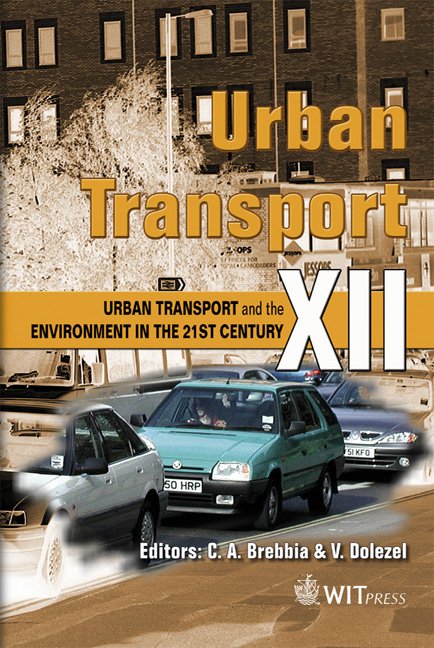A Review Of Traffic Safety In Finnish Municipalities
Price
Free (open access)
Transaction
Volume
89
Pages
11
Published
2006
Size
537 kb
Paper DOI
10.2495/UT060441
Copyright
WIT Press
Author(s)
N. Karasmaa, E. Räty, T. Kari & T. Ernvall
Abstract
A long term road safety programme (called LINTU), funded by the Ministry of Transportation and Communications, Finland, Finnish Road Administration and Finnish Vehicle Administration, was launched in 2002. This research is one of the several independent subprojects of the LINTU-programme. The paper presents a tool for analyzing the state of traffic safety in Finnish municipalities. In addition, variables having the most significant effect on differences between municipalities from traffic safety viewpoint were examined by means of cluster analysis. Results of the cluster analysis proved that it is possible to profile and categorize the municipalities according to the frequency of different accident types and by the degree of urbanization. It is difficult to find any other background variables that explain accidents in municipalities largely because accidents usually happen as a sum of many incidents and human errors. Accordingly, even if some explanatory variables could be found, it would still not be obvious that accidents in different municipalities were caused by the same reasons. It was shown as well that accidents of certain types do not follow any distribution by area. However, it is possible to find indicators that enable the status of traffic safety in municipalities of similar types to be foreseen. The safest municipalities were urban-type municipalities with rather compact land use, whereas the lowest safety level was in rural areas with a high proportion of through traffic. Keywords: traffic safety, traffic accidents, models, factor analysis, cluster analysis, municipalities, land use, accident risk, vehicle mileage, traffic safety programme.
Keywords
traffic safety, traffic accidents, models, factor analysis, cluster analysis, municipalities, land use, accident risk, vehicle mileage, traffic safety programme.





